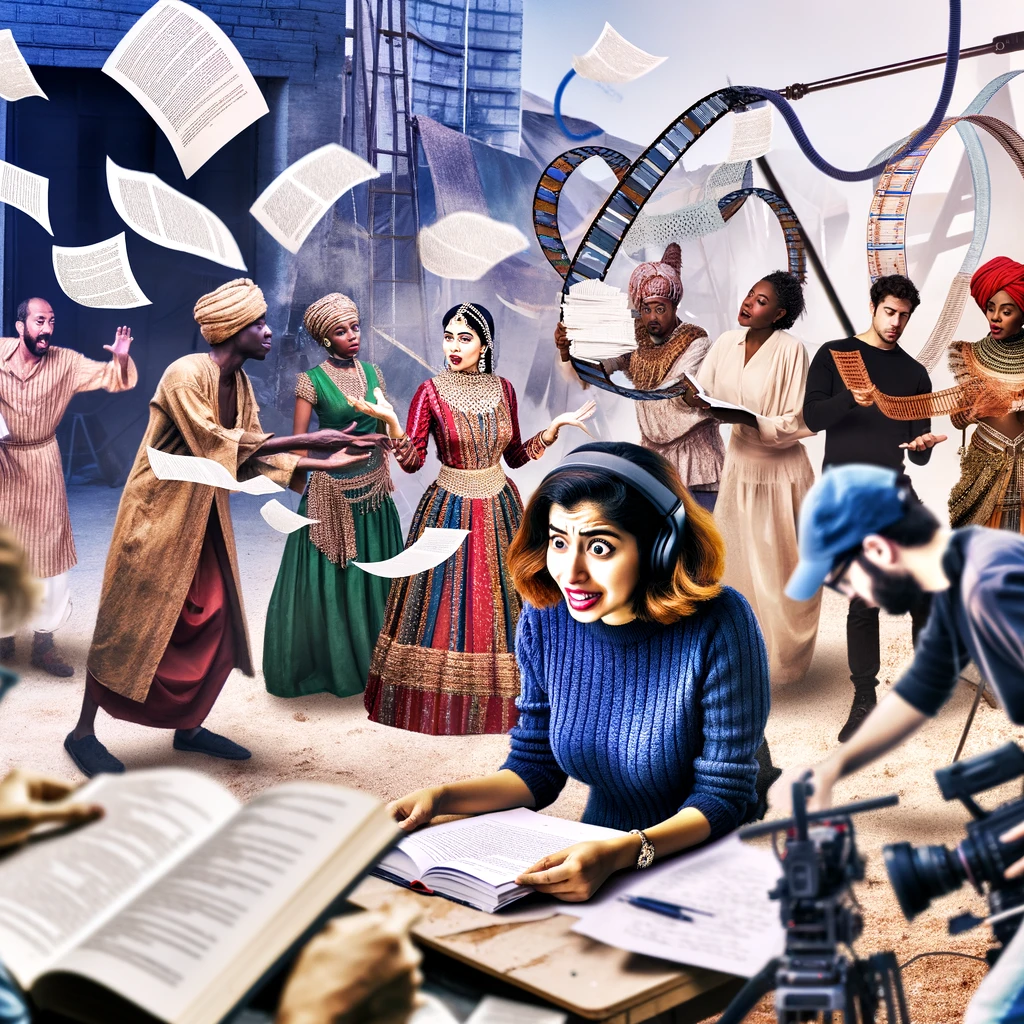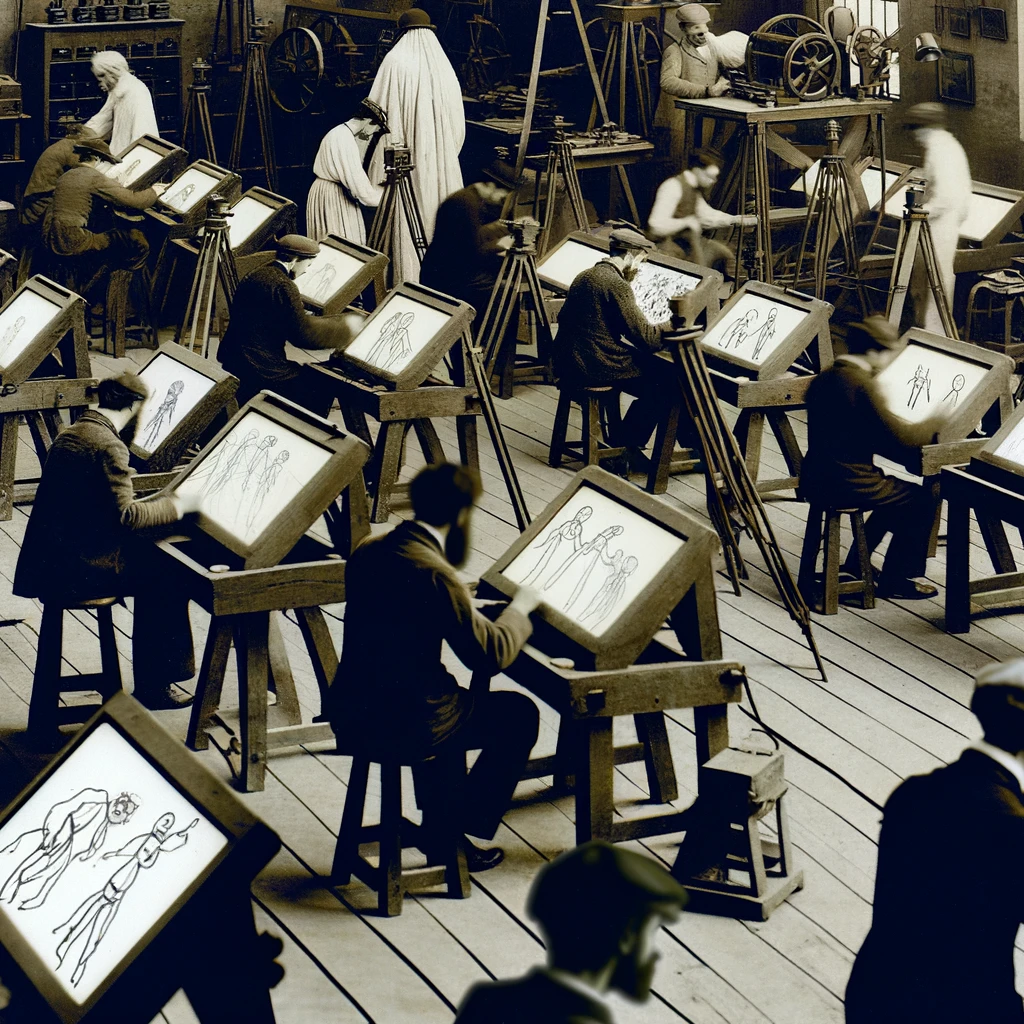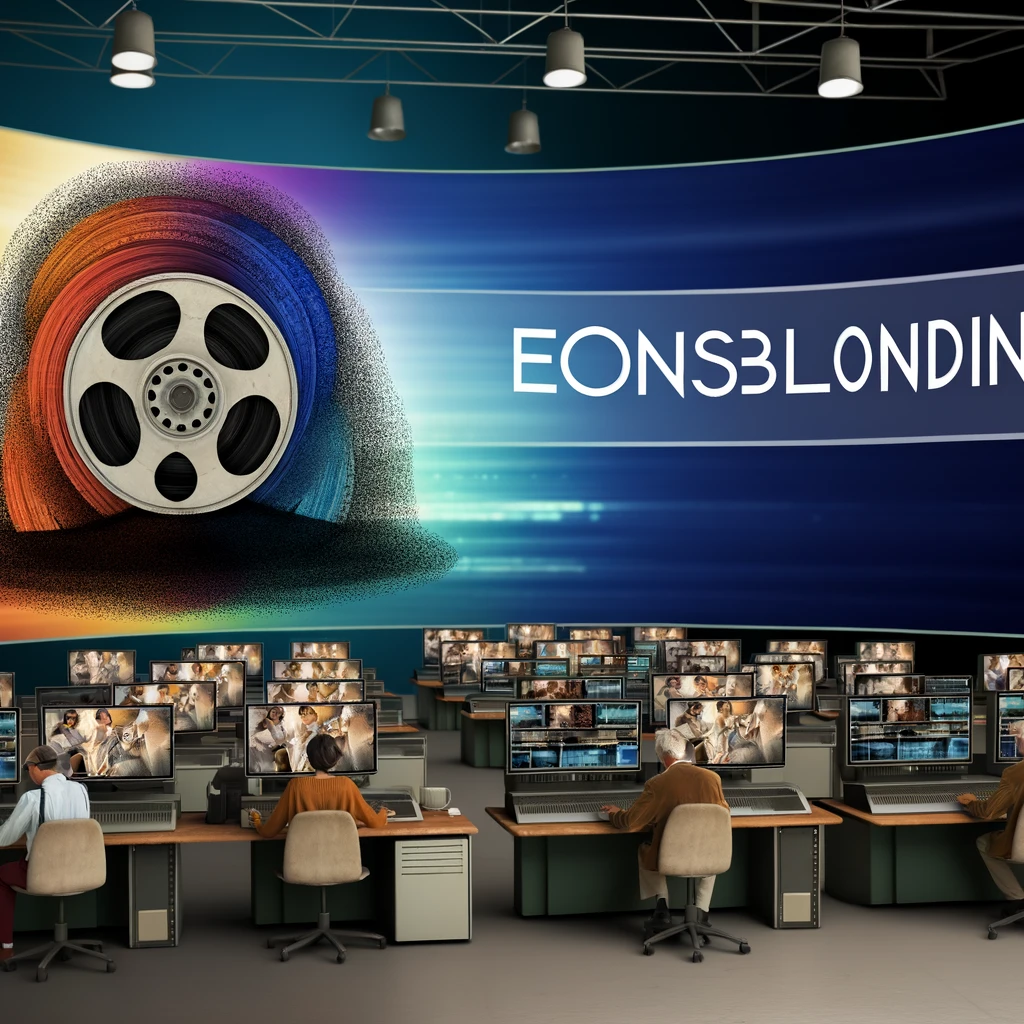
Adapting Literature for the Screen: Challenges and Triumphs
The process of adapting literature for the screen is a complex and multifaceted endeavor that has intrigued audiences and filmmakers alike for decades. From beloved novels to short stories, the journey from page to screen is fraught with challenges but also offers the opportunity for creative triumphs.
The Art of Adaptation
Adapting literature to film or television involves translating the essence of a written work into a visual medium. This transformation is not merely a matter of transcription; it requires a nuanced approach to capture the soul of the original text while making it accessible and engaging for a new audience. The adapter must consider narrative structure, character development, and thematic elements, all while working within the constraints and possibilities of the screen.
Narrative Structure
One of the primary challenges in adaptation is dealing with narrative structure. Books often delve deeply into internal monologues and complex backstories that can be difficult to convey visually. Screenwriters must find ways to translate these elements into dialogue, action, and imagery. This often involves creative reimagining of scenes and sometimes even the restructuring of entire plotlines to fit the pacing and rhythm of cinematic storytelling.
Character Development and Casting
In literature, characters are brought to life through detailed descriptions, inner thoughts, and gradual development over many pages. On screen, however, characters are defined by their actions, dialogue, and the performances of the actors portraying them. Casting becomes a critical element of adaptation success. The right actor can bring depth to a character, making them resonate with audiences in a way that honors the original text.
Balancing Fidelity and Innovation
Adaptation requires a delicate balance between fidelity to the source material and innovation to suit the new medium. Purists may argue for strict adherence to the original work, while filmmakers seek to infuse their unique vision and creativity. Successful adaptations often find a middle ground where the spirit of the original work is preserved, yet new life is breathed into the story through innovative storytelling techniques.
Overcoming Challenges
Despite the potential pitfalls, many adaptations succeed by embracing the inherent challenges. For example, Peter Jackson’s adaptation of J.R.R. Tolkien’s The Lord of the Rings trilogy is celebrated for its faithfulness to the source material while also making necessary changes to fit the cinematic form. Similarly, the television series Game of Thrones, based on George R.R. Martin’s A Song of Ice and Fire, captured the essence of the books while taking creative liberties that enriched the visual storytelling.
Triumphs in Adaptation
Triumphs in adaptation are often marked by the ability to capture the thematic core of the original work. Recent adaptations, such as Greta Gerwig’s Little Women and the BBC’s Normal People, have been praised for their emotional depth and insightful interpretations, highlighting how adaptation can offer fresh perspectives on familiar stories.
The Impact on Audiences
Successful adaptations not only bring stories to a wider audience but also encourage viewers to engage with the original material. They serve as a bridge between the literary world and the cinematic experience, promoting a deeper appreciation of both forms of storytelling.
Conclusion
Adapting literature for the screen is a challenging yet rewarding process that requires a keen understanding of both mediums. The triumphs in adaptation lie in the ability to honor the original work while offering new insights and experiences to audiences. As literature continues to inspire filmmakers, the art of adaptation will undoubtedly evolve, continuing to captivate both readers and viewers alike.
Related Articles





